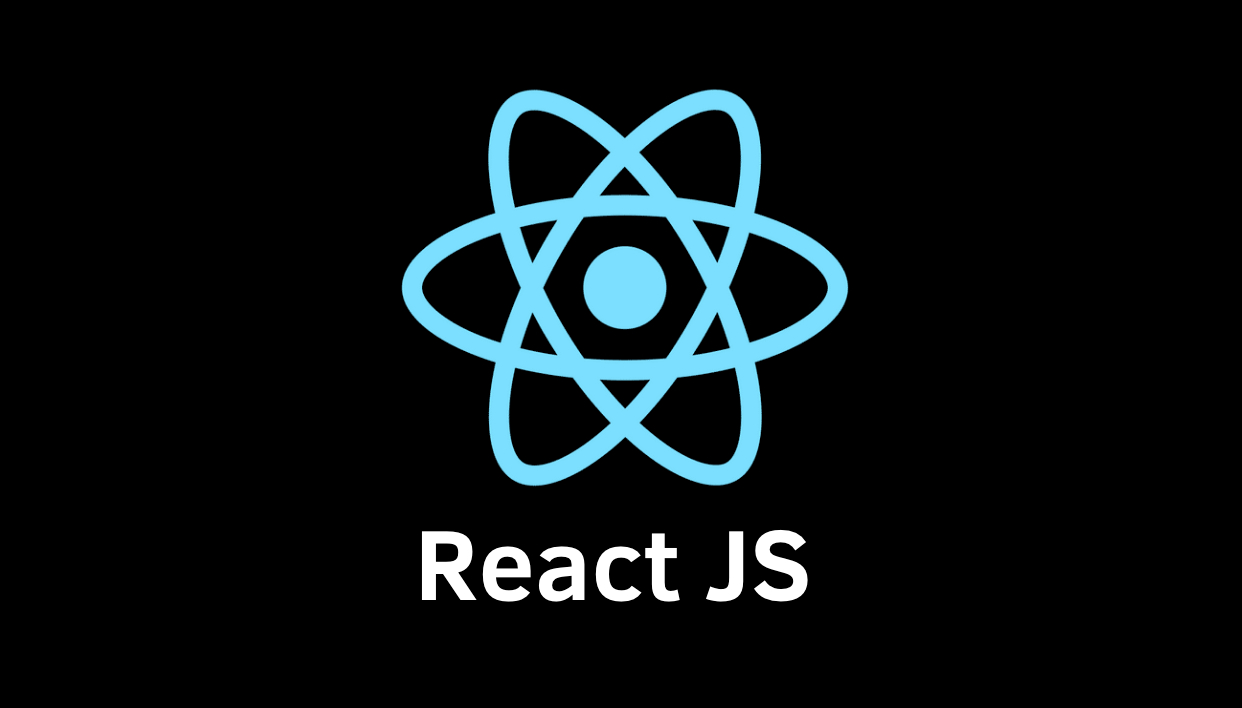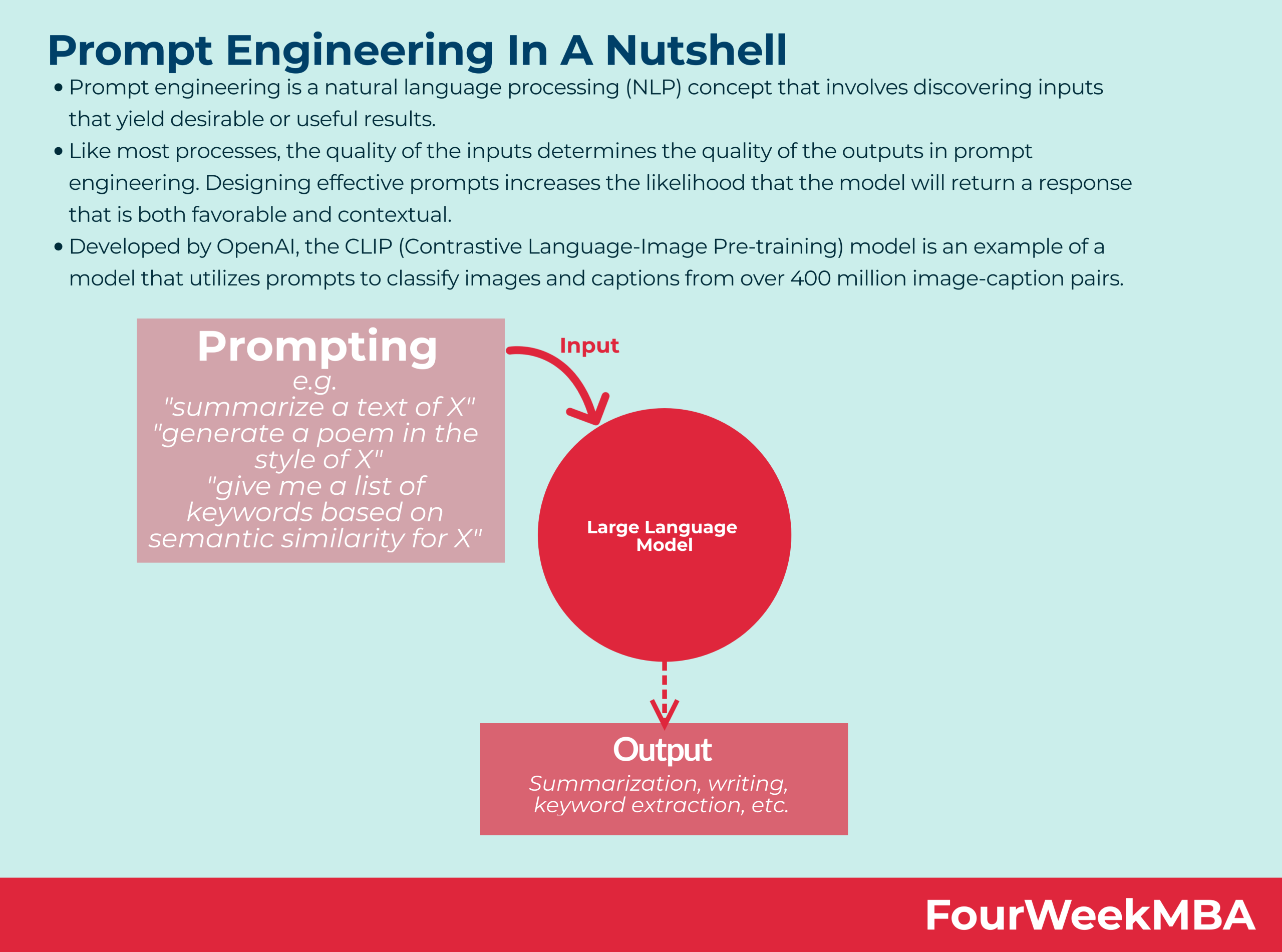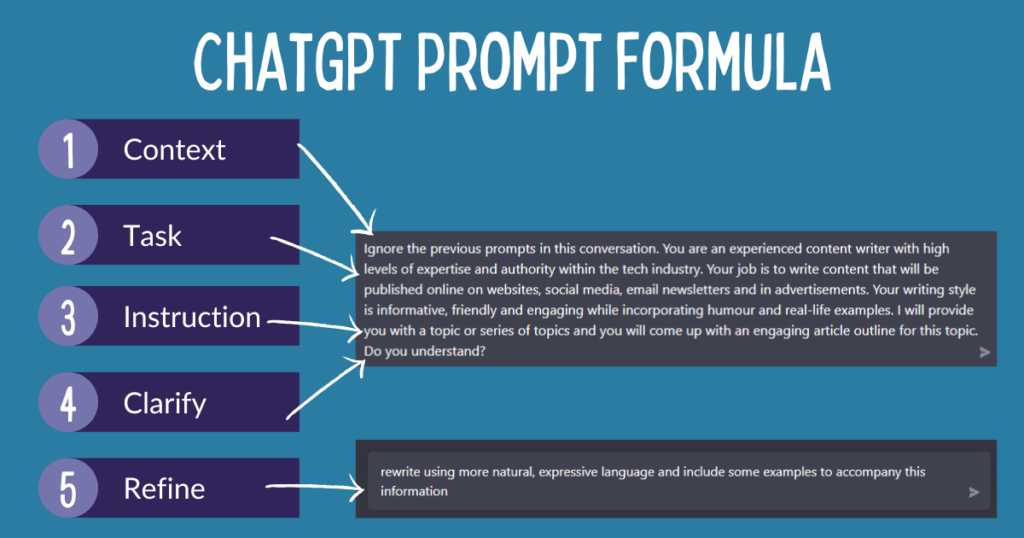Programming with Python
Python is a high-level, interpreted programming language that is widely used for web development, data analysis, artificial intelligence, and scientific computing. It was created by Guido van Rossum in 1991 and has since become one of the most popular programming languages in the world. Python is known for its simple and easy-to-learn syntax, making it a great language for beginners. It also has a large standard library and a thriving community, making it easy to find resources and support for any project. One of the key features of Python is its versatility. It can be used for a wide range of applications, from building simple scripts to creating complex software systems. It also supports multiple programming paradigms, including object-oriented, functional, and procedural programming. Another advantage of Python is its cross-platform compatibility. It can run on various operating systems such as Windows, Mac, and Linux, making it a popular choice for developers working on different platforms. In addition to its general-purpose use, Python has also gained popularity in specific fields such as data science and machine learning. Its extensive libraries and frameworks, such as NumPy, Pandas, and TensorFlow, make it a powerful tool for data analysis and AI development. Overall, Python is a versatile and powerful language that continues to grow in popularity and usage. Its user-friendly syntax, vast community, and wide range of applications make it a valuable skill for any programmer to have.
English
Last updated
Sun, 19-May-2024


















